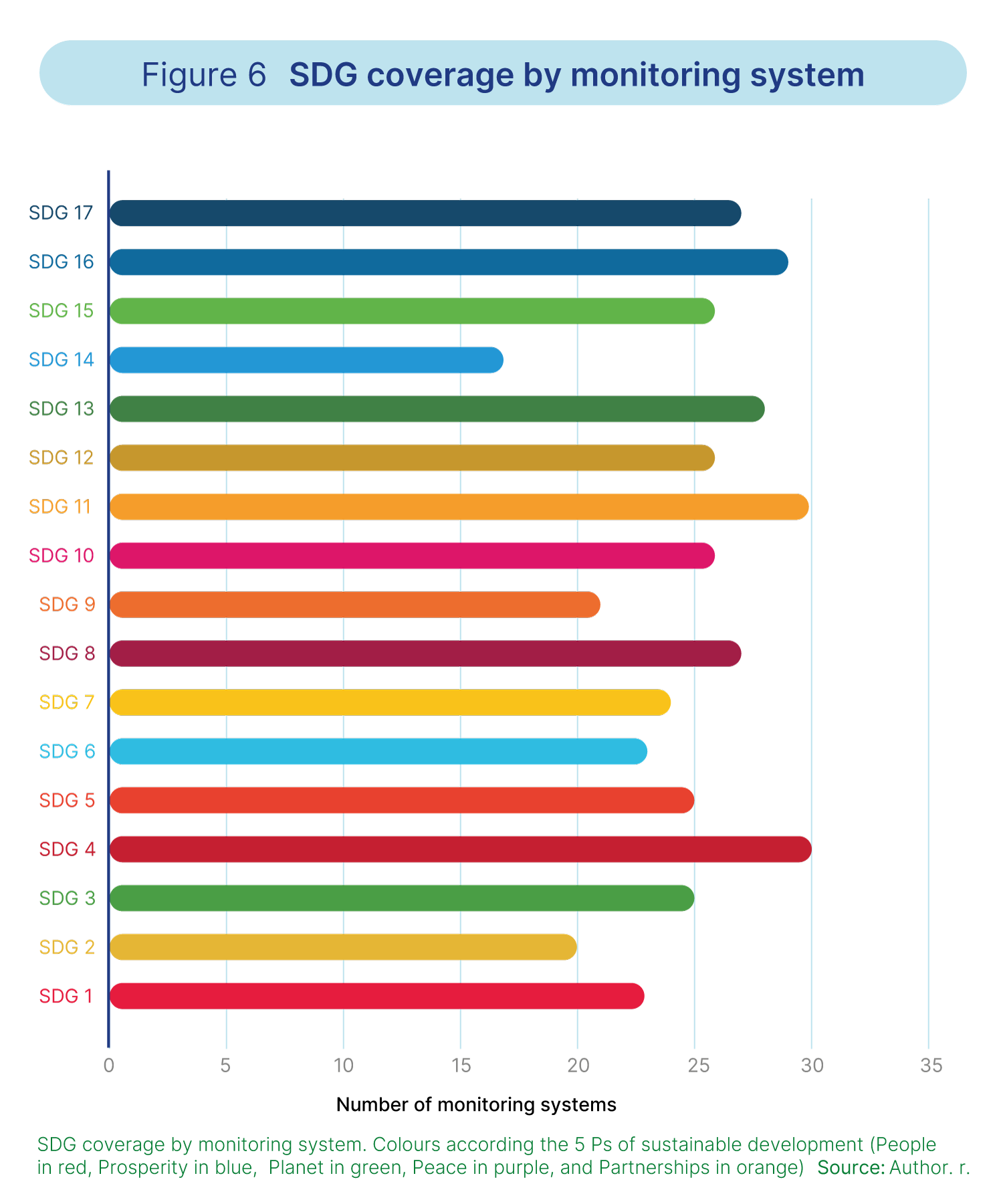Oaxaca, one of Mexico’s 32 federal states, presented its first Voluntary Sub-national Review (VSR) at the 2020 UN General Assembly. In revising its State Development Plan (2016-2022) to align with Mexico’s NDP (2019-2024), the Oaxacan Government sought to create an integrated, multi-level strategy that relates to national and regional planning in achieving the SDGs. The State Plan is to have three SDG 16 specific local indicators for future reporting. Further, in linking governance levels, Oaxaca prepared, in collaboration with GIZ, a guide for its municipalities to align local plans with the SDGs. In addition, the state government selected 10 local governments to work closely with GIZ to develop legal and planning tools for reaching the SDGs through their sustainable development plans guidelines.
Recognizing a historical lack of trust in multi-stakeholder activities, Oaxaca prioritized multi-stakeholder engagement, inclusion, and transparency in developing its VSR and next steps. The VSR’s main operating body, the State Council for the fulfillment of the 2030 Agenda charged with integrating the SDGs into state policy and monitoring implementation with office or department attribution, has three Working Committees that include civil society, academia, and government institutions, with civil society acting as chair. These Committees feed into the VSR and cover social inclusion (where SDG 16 lies), economic growth and environment sustainability. In addition, civil society also takes part in the Council’s ‘ordinary sessions’.
Furthering inclusion, the VSR has been translated into native languages, with the purpose of being socialized among various groups through partners, including different actors from the governor’s cabinet as well as state TV and radio. In strengthening citizen awareness and transparency, Oaxaca also publishes online how public resources are spent and who the beneficiaries of social programs are.
Take-aways and Going Forward: Include civil society and other actors in drafting and designing the VSR, as well as implementation through national and local policy – for example, through multi-stakeholder partnerships and participatory budgeting.
Civil society is often better equipped to understand local needs, particularly for the most vulnerable, and what actions need to be prioritized. Furthermore, VSRs should be strengthened and promoted at HLPF.
Finally, VSR-generated data should be considered for the VNR (accompanied by additional standardization efforts) to better track SDG progress at local levels.
